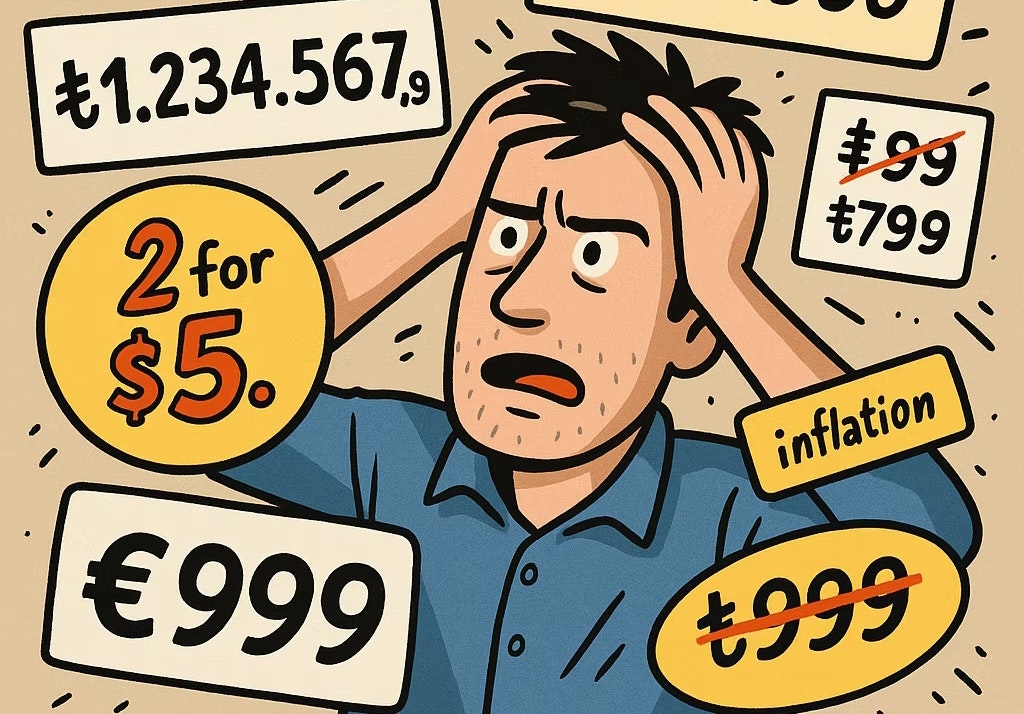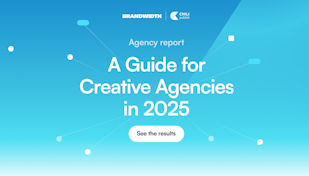The secret life of price tags: Why visualizing a price is rocket science

Pricing sounds simple. Pick a number, slap a currency sign on it, call it a day. But if you’re IKEA, Zara, McDonald’s, or any other global brand, it’s anything but simple.
Take one IKEA sofa. In Germany, it’s €999. In Austria, it’s €1.199. In the U.S., it’s $999. In Japan, it’s ¥109,900. In Turkey, it’s ₺1.234.567,89.
Same sofa. Five different prices. Five different visualizations.
And each one of those has to appear on a shelf tag, a web banner, a product detail page, a mobile app, a promo poster, and maybe even a TikTok ad. Multiply that by 12,000 products, 63 markets, 30+ languages, rotating promotions, and seasonal sales.
Still think pricing is simple?
The truth is this: the hardest part isn’t setting the price. It’s visualizing it consistently across all these touchpoints, without breaking your design system, your deadlines, or your sanity.
And the kicker? Prices aren’t just another piece of content. They’re the most important element in marketing. Customers might not notice if your logo is 2 mm off. But they will notice if your comma is.
Behind every little “€9.99” is a small army of designers, marketers, and production artists fighting decimals, symbols, and typography rules. They deserve medals. Or at least better software.
Prices aren’t numbers, they’re design puzzles
A price looks like a number. But it behaves like a Rubik’s cube.
- In the U.S., it’s $19.99.
- In France, it’s 19,99 €.
- In Germany, it’s 19,99 €.
- In Switzerland, it’s CHF 19.99.
- In Japan, it’s ¥1,999.
Same value. Five different formats.
Designers live in this chaos every day. The currency wants to sit in the front in some markets, trail at the end in others. Some countries use dots as separators, others commas, others spaces. French typography rules demand a thin space before the €. Germans hate it. Americans don’t even know what it means.
The result? The exact same “1999” can be visualized in four or five ways depending on where you are.
I once saw a design file with “€1.999” in bold Helvetica. The American marketing manager asked: “Wait… is that one euro and ninety-nine cents?” The German designer nearly fainted.
That’s not a math problem. That’s a design problem.
When typography fights back
As if commas and dots weren’t enough, typography has its own way of turning prices into nightmares.
- Some fonts push the “.99” decimals slightly above the baseline. Suddenly your $19.99 looks like $19⁹⁹.
- In others, the “9” descender dips below the strike-through line, making it look like you’ve slashed through only part of the price.
- And don’t get me started on kerning: that awkward gap between “1” and “9” that makes $19 look like $1 9.
Designers spend hours nudging decimals, shifting baselines, and testing strike-through heights to make prices look “just right.”
And every time you think you’ve nailed it, someone opens the file in Canva and the font substitution turns your elegant €199,00 into a ransom note.
Promotions: chaos disguised as marketing
If standard pricing is bad, promotions are worse.
Take McDonald’s famous “2 for $5.” It looks balanced, neat, almost poetic.
Now try translating it:
- French: “2 pour 5,00 €” — suddenly two more characters, space destroyed.
- Dutch: “2 voor €5” — shorter, but the currency symbol moves in front.
- German: “2 für 5,00 €” — and the umlaut politely crashes your kerning party.
Same offer. Three layouts. Three headaches.
It gets even better with discounts.
- “-70%” is elegant and works everywhere.
- “Save $9.99” is manageable.
- “Save 1,275 pesos” breaks your grid, your box, and probably your will to live.
And then there are bundle promos: “Buy 2, Get 1 Free.”
In English, it’s short. In Spanish, “Compre 2, lleve 1 gratis.” Double the length. Your neat promo box suddenly looks like fine print from a bank contract.
Inflation makes this even funnier (or sadder, depending on your mood). In Turkey or Argentina, “WAS ₺999 / NOW ₺799” works fine for a week. But by the time the banners are up, both numbers are obsolete. Designers end up redrawing price tags faster than inflation eats them.
Inflation kills minimalism
Minimalist design looks beautiful in Scandinavian showrooms. Until inflation shows up.
$9.99? Elegant.
₺1.234.567,89? Disaster.
Print shelf tags shrink the font until it’s unreadable. Digital banners break. Mobile screens wrap the number onto two lines.
Your clean, minimalist aesthetic is gone. In its place: a price that looks like a Wi-Fi password.
Consistency = trust
Here’s the most dangerous part: inconsistency.
A shopper sees a banner ad for €1.199. They click through and land on a product page that says €1,199.
Same number, different punctuation. And instantly, the shopper doubts you. Which one is correct? Am I being tricked? Should I check a competitor instead?
Trust isn’t just about big brand promises. It lives and dies in tiny details like a comma.
Customers don’t notice if your logo is nudged two pixels. But they will notice if your decimal separator changes between Instagram and your website.
The unsung heroes
For decades, armies of designers, production artists, and marketers have fought this battle by hand.
They’ve redrawn strike-throughs at midnight because the line cut through the wrong digit. They’ve resized boxes to fit �¥109,900 without breaking the layout. They’ve Googled “French spacing rules for euro symbol” more times than they’d like to admit.
They’re not just designers. They’re accountants with Adobe licenses. And without them, global brands would look like chaos.
Let’s honor them. They did rocket science with commas, dots, and promo stickers.
The 2025 solution: no more commas at midnight
Here’s the good news. In 2025, we shouldn’t be fighting commas anymore.
We have systems that can:
- Enforce correct price formats automatically by market.
- Adapt typography rules by language without manual hacks.
- Scale promotions intelligently, whether it’s “-70%” or “Save 1,275 pesos.”
- Ensure the same price design shows up across print, digital, mobile, and in-store.
And yes, AI can help here. Instead of memorizing whether France wants a thin space before €, or whether Germany allows a comma instead of a dot, AI can apply those rules for you. It becomes the guardrail — so you don’t have to be a part-time linguist, mathematician, and designer just to ship a banner ad.
Price visualization should be treated with the same rigor as logos and brand colors. And with automation and AI, we finally don’t need armies of people manually nudging decimals at 2 a.m.
The rocket science hiding in plain sight
Prices are the most important design element in marketing. They decide if people buy. They carry trust, clarity, and persuasion.
And they are unbelievably complex.
So the next time you glance at a neat little “€9.99,” remember: behind that simple number is an invisible army, decades of design hacks, and more rules than a space launch.
NASA calculates rocket trajectories. IKEA designers calculate commas.
And in 2025, finally, we can stop treating prices as manual rocket science — and start treating them as design infrastructure.
CEO insights
Kevin Goeminne
Oct 10, 2025


